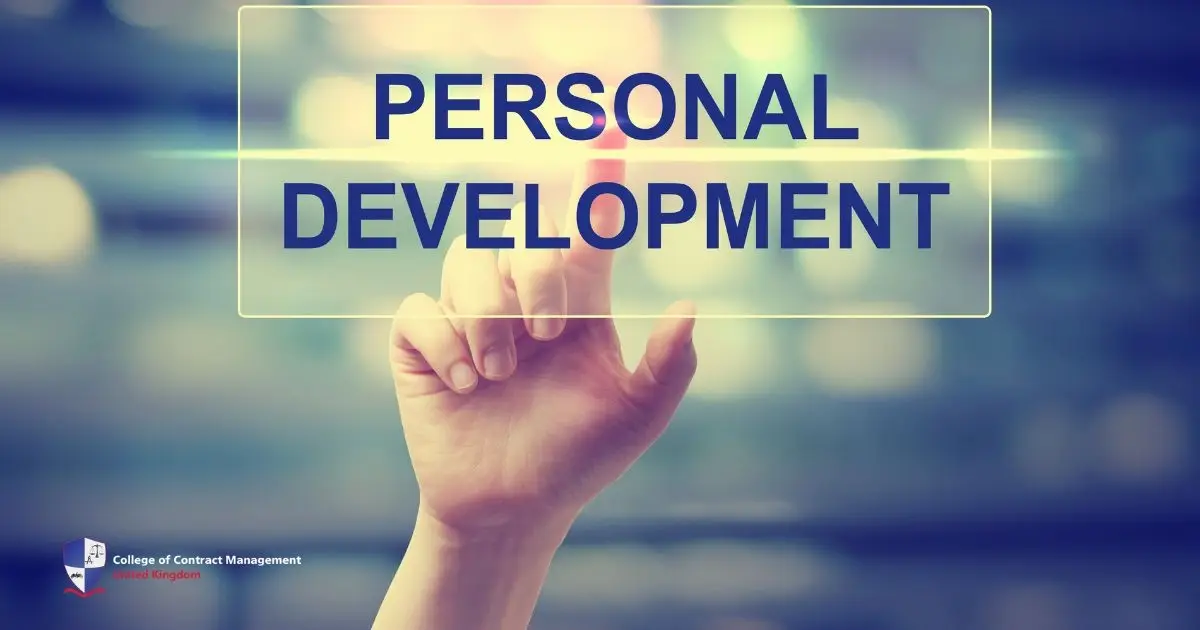Starting a personal development plan for your construction career can be really rewarding. To achieve your goals, it's important to have a personal development plan (PDP). This plan acts as a roadmap, helping you build skills and gain valuable experience. As you progress, it becomes a guide for advancing in the industry. So, having a well-structured plan truly makes a difference in reaching your full potential.
Here’s everything you need to know about creating a personal development plan for your construction career. Whether you’re just starting out or aiming to move up the ladder, this guide has got you covered. You’ll find useful tips and strategies that can help you along the way. Overall, it’s designed to be approachable and practical, catering to various stages of your journey.
What is a personal development plan?
A personal development plan, or PDP for short, is really a handy way to lay out your goals and the skills you want to build. It’s especially important in construction since things keep changing, and you need to keep learning. To put it simply, your PDP should clearly show where you want to go in your career. Additionally, it should outline the skills needed to get there. For this reason, it’s a great tool for planning your future.
Creating a personal development plan for your construction career is not just about listing your goals. Instead, it’s about really understanding your strengths. At the same time, you should identify areas where you can improve. It's important to set realistic timelines as well. For those in construction, this might mean gaining new certifications. Some great skills to focus on are learning new technologies or enhancing your project management skills, yet it's always best to tailor the plan to your needs.
Benefits of a personal development plan in construction
A personal development plan for your construction career is an ever-changing field. New techniques and technologies are constantly emerging. For instance, just the other day, I was reading about the latest advancements. They really change the way we approach projects. These innovations also improve efficiency. As a result, workers can do their jobs more effectively. So, it’s clear that staying updated is essential in this industry. After all, change is the only constant here. A PDP ensures you stay ahead by:
- Setting Clear Goals: It helps you focus on what you want to achieve.
- Tracking Progress: Regular updates show how far you’ve come.
- Staying Competitive: Continuous learning keeps you relevant in the job market.
- Enhancing Skills: A PDP identifies the skills you need for career growth.
When you follow a personal development plan for your construction career, you really set yourself up to tackle the challenges of the construction industry with a sense of confidence. First off, having a clear plan makes everything feel more manageable. Additionally, it helps you identify your strengths and areas for improvement. This way, you can take targeted steps towards your goals. All in all, it's a practical approach that can lead to great results.
Creating a personal development plan
Creating a personal development plan for your construction career (PDP) is pretty essential for anyone looking to grow and improve. First off, it helps you pinpoint your goals. Then, you can figure out where you are now and where you want to be. On top of that, a PDP gives you a clear direction. It also makes it easier to track your progress over time. So, having one keeps you motivated and focused, ensuring you make the most of your potential. So here’s how to get started:
1. Assess your current skills
The first thing to do is to identify what you're good at. At the same time, highlight the areas where you need improvement. Take time to evaluate your current skill set. For example, if you excel in hands-on tasks but struggle with budgeting, that’s an area to address. Self-assessment tools, feedback from colleagues, and performance reviews can help provide a clear picture.
2. Set clear objectives
Next, define what you want to achieve in the short and long term. It's important that while you do so, you ensure your goals are specific and measurable. For instance, a short-term goal could be earning a certification in Building Information Modelling (BIM), while a long-term goal might be becoming a construction project manager. Clear objectives keep you focused and motivated.
3. Plan your learning path
Then, choose courses or certifications that align with your goals. A great way to enhance practical skills is to explore hands-on experiences. Research reputable institutions like the College of Contract Management to find programmes that suit your needs. Practical experience, internships, or job rotations can also provide invaluable learning opportunities that can help your personal development plan for your construction career.
4. Track your progress
Afterwards, make use of tools or journals to monitor achievements. Adjust your plan as needed to stay on track. Regularly reviewing your PDP ensures you remain aligned with your goals. Tools like spreadsheets, apps, or even simple notebooks can help document your progress.
5. Stay motivated
The most crucial step of all is to celebrate small milestones. Recognise your achievements, even the little ones. It really helps to keep that motivation going. Also, having a solid support system around you can make a massive difference. So, celebrate your progress, however small it may seem. Doing this not only boosts your spirits but also reminds you of how far you’ve come. Therefore, don’t underestimate the power of acknowledging your milestones.
How to use your PDP to advance in construction
Once you’ve got your personal development plan for your construction career sorted, it’s time to get things moving. First off, take a moment to review what you’ve planned. Then, jump right in and start putting your ideas into action. As you make progress, keep track of what’s working and what isn’t. This way, you can make adjustments along the way. Remember, taking those first steps is important for moving forward. Here’s how to maximise its impact:
Focus on High-Impact Goals
- Prioritise objectives that will have the most significant impact on your career.
- Break them into smaller, manageable tasks.
If you want to become a project manager, start by focusing on key skills. First, work on your leadership abilities. Then, improve your time management. Also, look into earning certifications that are relevant. All these steps matter.
Seek Feedback
- Ask mentors or colleagues for input on your progress.
- Use their advice to refine your approach.
Getting constructive feedback is really important for both personal and professional growth. It helps us identify areas where we can improve. It also encourages us to reflect on our skills. So, embracing feedback can truly enhance your journey.
Stay Flexible
- Adjust your plan as industry trends evolve.
- Embrace new opportunities that align with your goals.
The construction industry is constantly evolving. Therefore, it’s important to stay on your toes. Flexibility is key. It really helps you to adapt to new challenges. As changes come up, being ready makes a big difference. Moreover, staying flexible allows you to embrace new ideas and solutions. In the long run, this approach makes it easier to thrive. After all, who doesn’t want to succeed in such a dynamic environment?
Final thoughts
A personal development plan for your construction career is a great tool for anyone looking to build a career in construction. First, it helps you set clear goals. Then, you can focus on gaining the right skills. This way, you’re always improving. As you progress, platforms like the College of Contract Management can be really helpful. We offer the resources and support you need to make your journey smoother and more enjoyable.
Start your personal development plan for your construction career. It’s time to take that first step towards a bright future in construction. With a bit of dedication and effort, you can achieve fantastic things. Moreover, having the right guidance makes all the difference. So, don’t wait around. Get started now! Remember, there’s truly no limit to what you can accomplish. Your journey begins here. Embrace the possibilities ahead!





